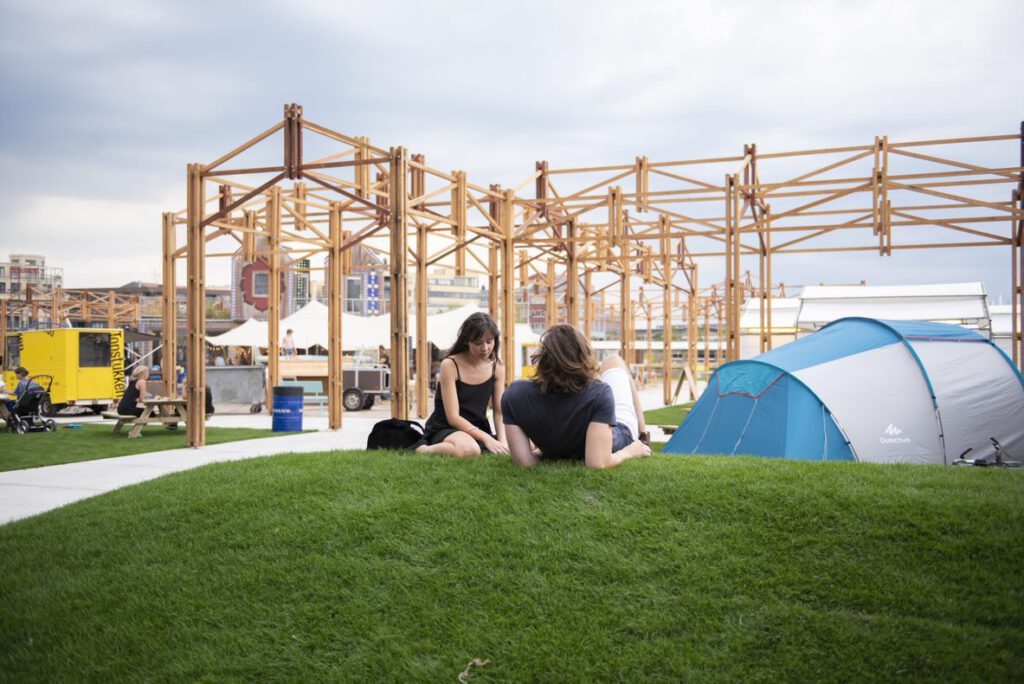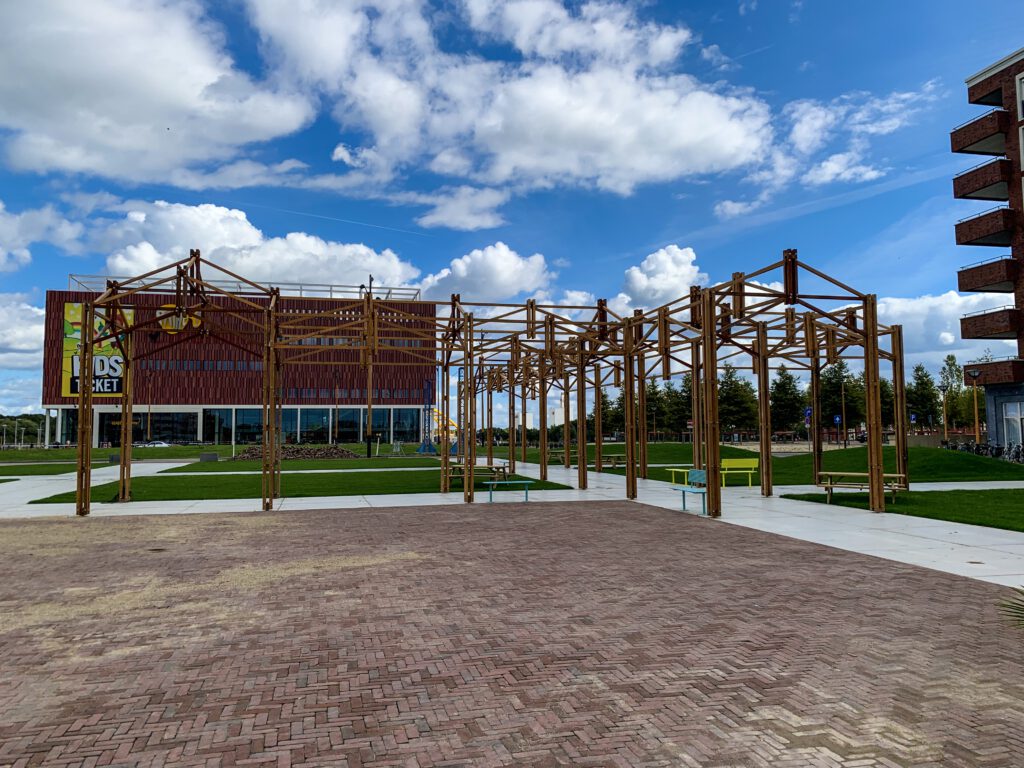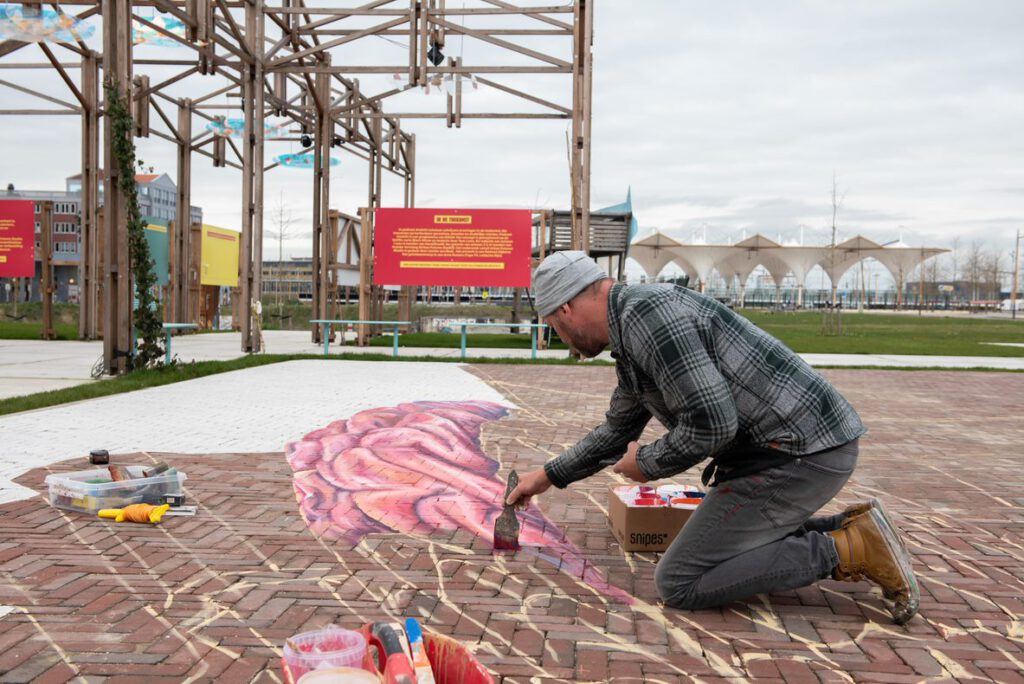
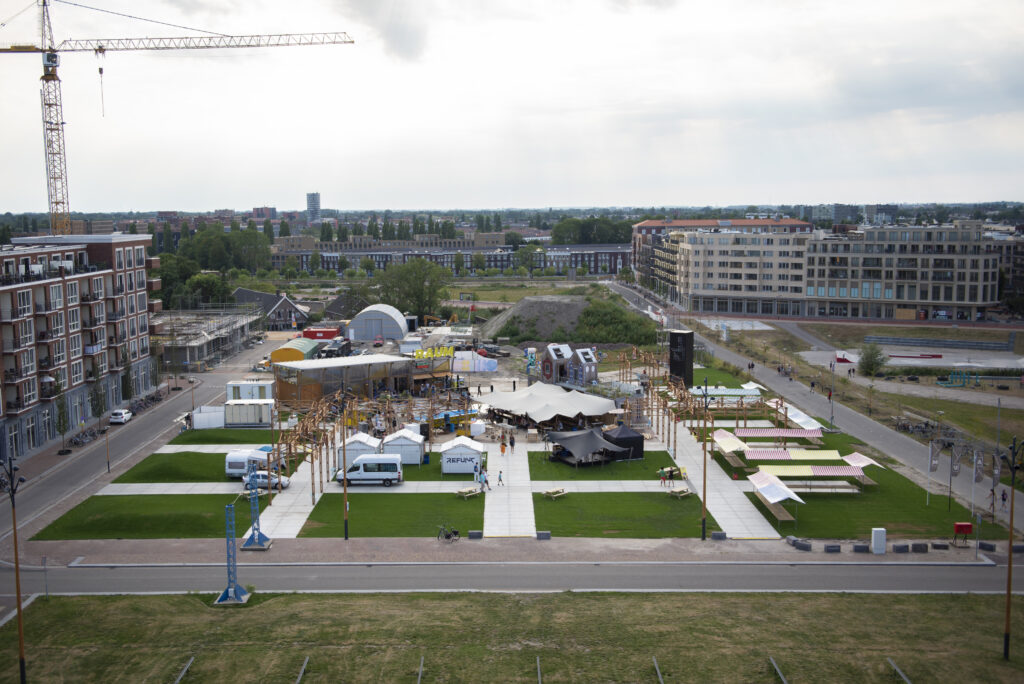
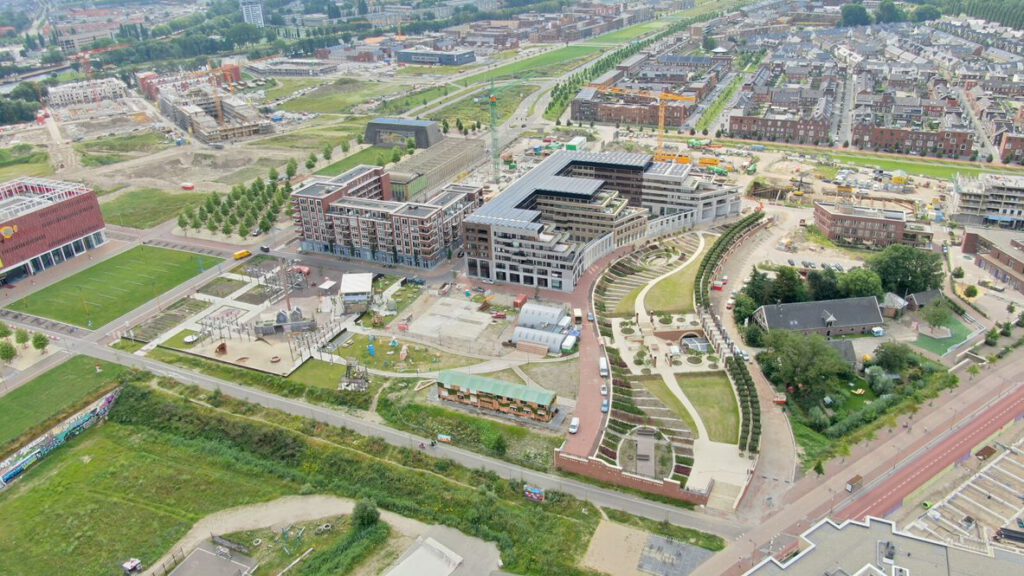
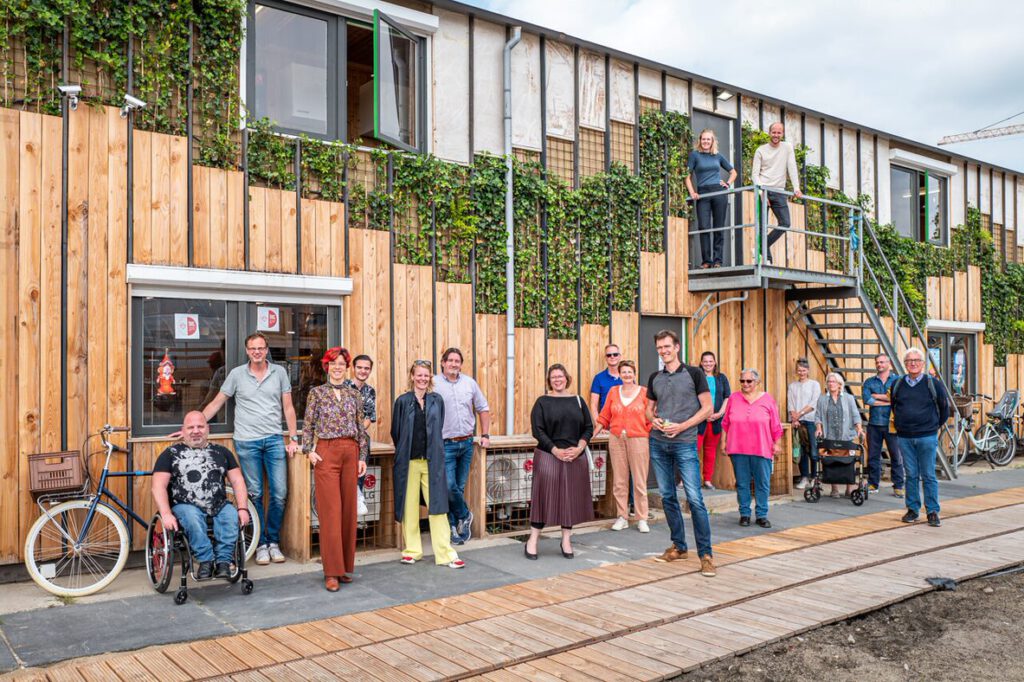 Berlijnplein Utrecht _ Innovator, co-creator and circular expert
Berlijnplein Utrecht _ Innovator, co-creator and circular expert
Berlijnplein. An area of 9000 m2, built in a circular manner, with a mix of outdoor and indoor spaces, special architecture, surprising installations, a diverse cultural program and workspaces for artists. A place where you can meet, wander and be surprised by art and design. A place where you can actively work and where there is always something different to do and experience.
In this project, Fulco Treffers can use all the experience he has gained over the years in participation and co-creation, area development, the art and culture sector, spatial design and circular construction. Collaboration, translation, connection, innovation, deepening: As account manager for innovation, Fulco represents a link in the project team between the various substantive goals and between the civil servants, market parties and cultural partners.
There is one overarching theme: The future of the city. Now that more and more people live and work in an urban environment, this is becoming an urgent theme. How do we keep our cities healthy and liveable? What is the role of technology? How will the social relations in the city of the future become? Who does the city actually belong to? A fascination for these kinds of questions about the future of the city is what connects all “residents” and visitors to Berlin Square. They will work together on it, from various fields and resources, such as the arts, design, technology, journalism, socio-cultural (youth) work and education.
The program is intended for a wide target group; from families in Leidsche Rijn who stay there on a Sunday afternoon, young people from the area who are challenged to become makers themselves or to participate, to culture lovers from far beyond who attend a special event.
This story has now been elaborated and established as “Development Framework Berlin Square”. A large new theater was conceived in Leidsche Rijn center years ago. But now we work in a different, organic way. Form follows ambition. This is where the future of the city is made. With culture, with meeting, with building, with the neighborhood and with high-profile projects. And – not least – according to circular principles.
In this project, Fulco Treffers can use all the experience he has gained over the years in participation and co-creation, area development, the art and culture sector, spatial design and circular construction. Collaboration, translation, connection, innovation, deepening: As account manager for innovation, Fulco represents a link in the project team between the various substantive goals and between the civil servants, market parties and cultural partners.
Website: www.berlijnpleinutrecht.nl
and as a booklet: Development Framework Berlin Square
Commissioned by: municipality of Utrecht, RAUM, DePlaatsmaker
In collaboration with: Copper8, Tender People, Bestwerk, Beeldstories
Pictures: Felice Hofhuizen (boven), Han Ernest (onder)
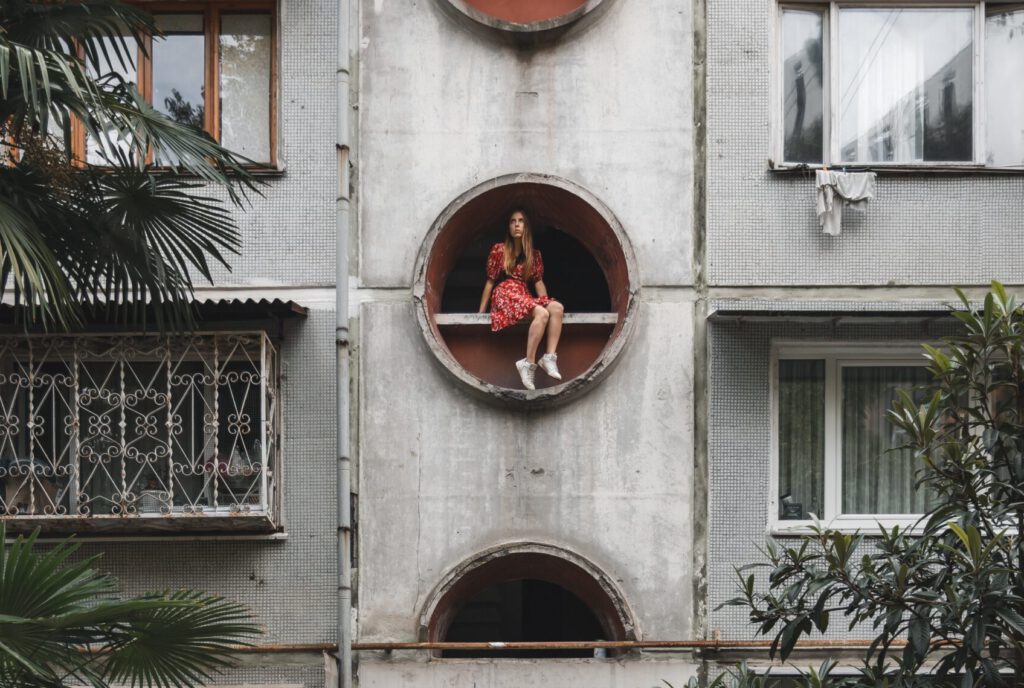 Circular and social
Circular and social

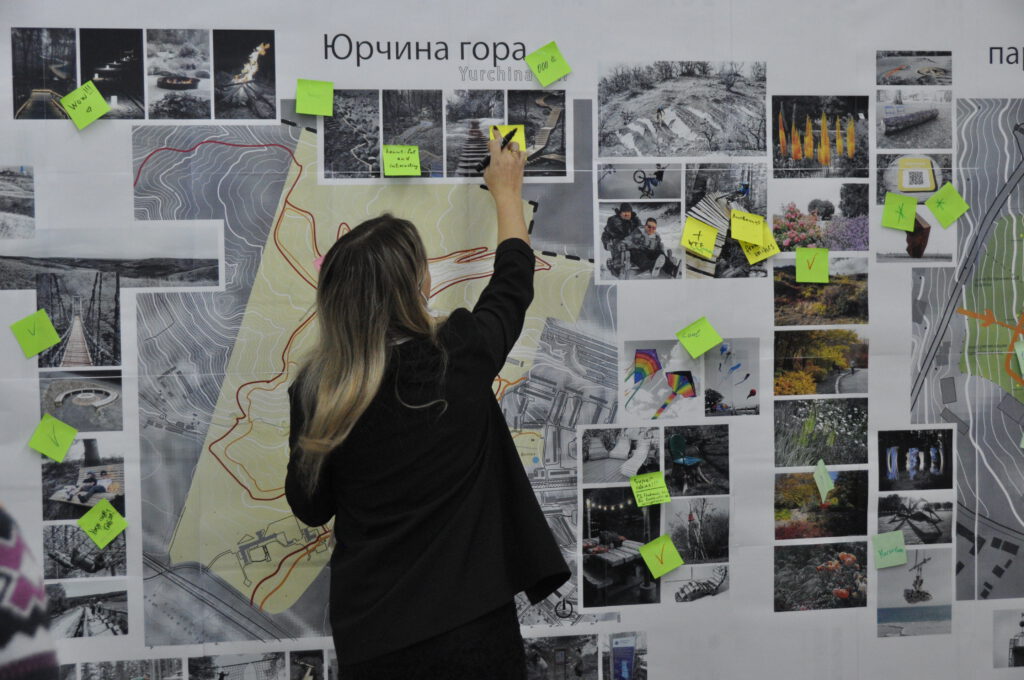
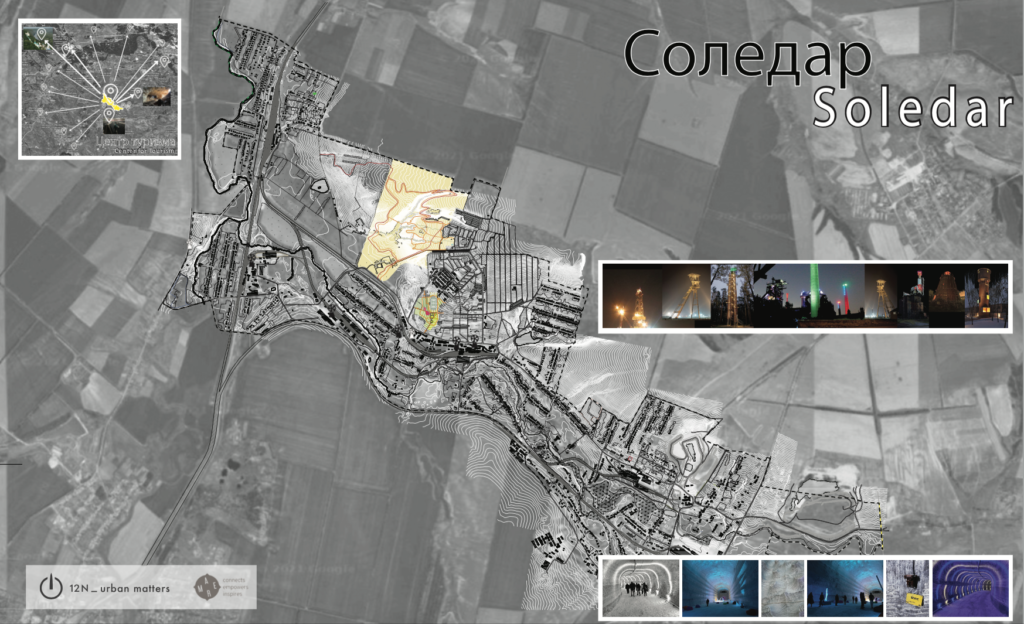
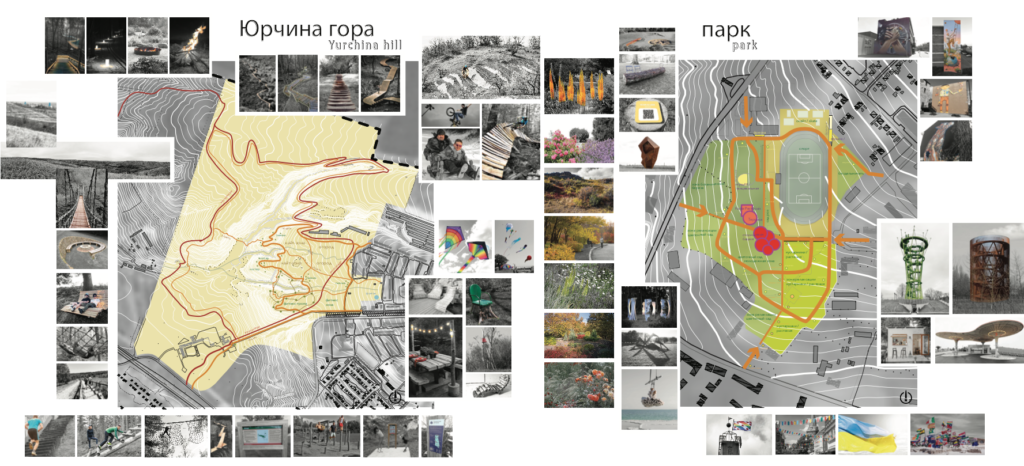
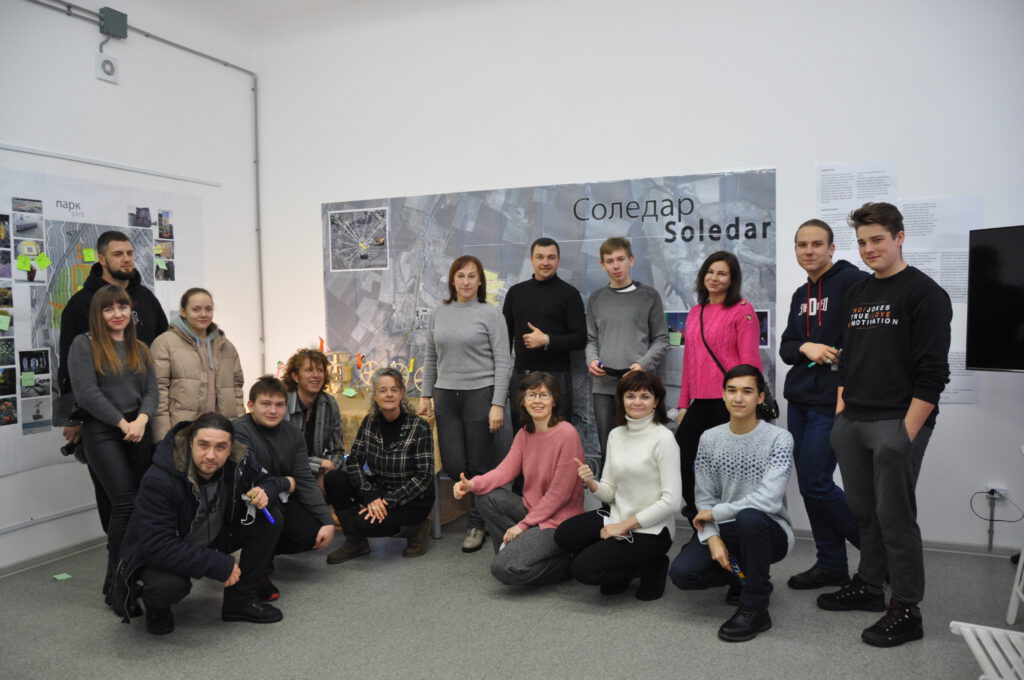
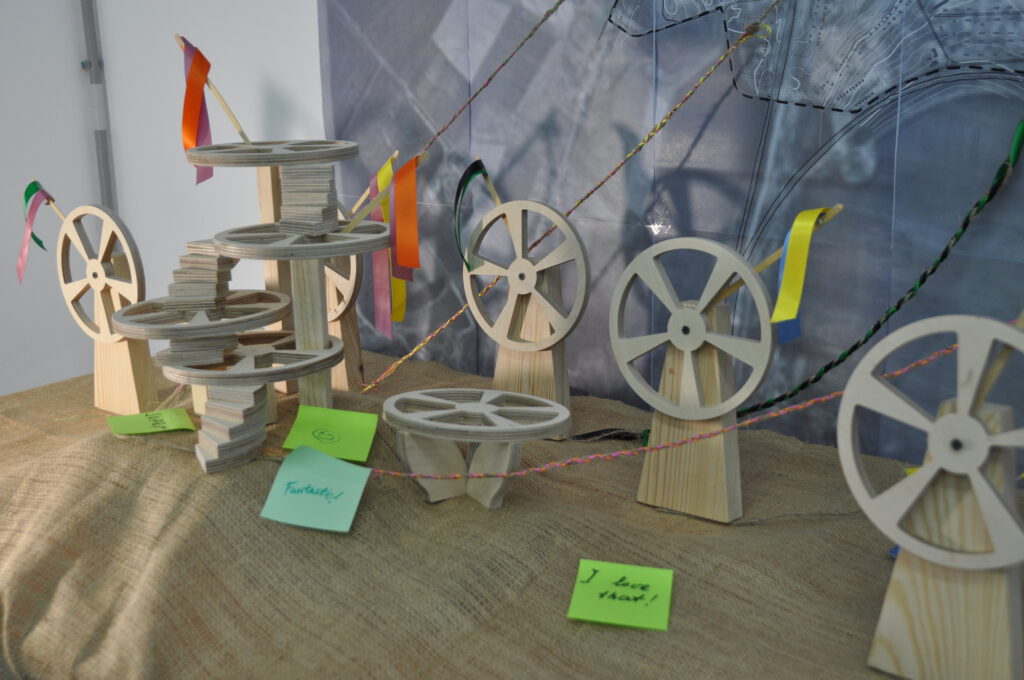 Soledar, city strategy, landscape design
Soledar, city strategy, landscape design


 Berlijnplein Utrecht _ Innovator, co-creator and circular expert
Berlijnplein Utrecht _ Innovator, co-creator and circular expert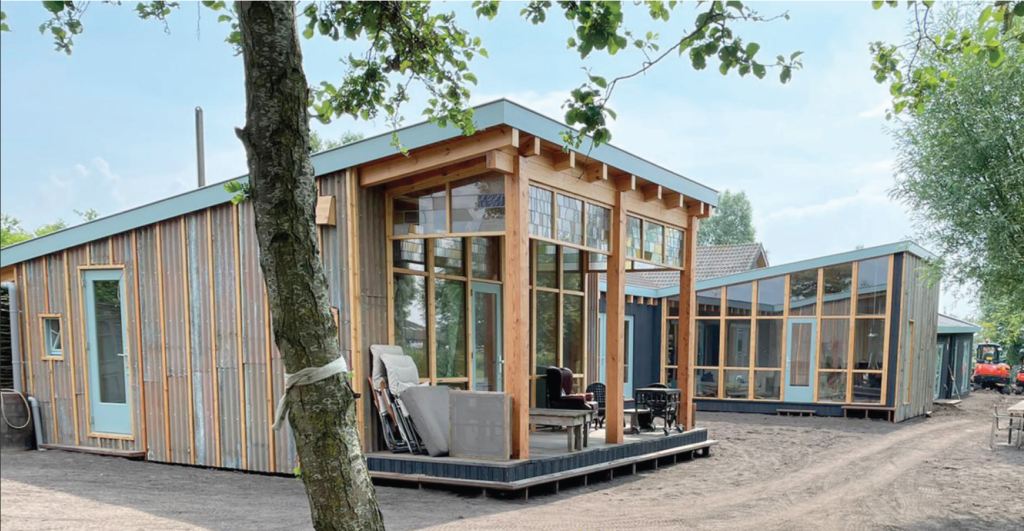
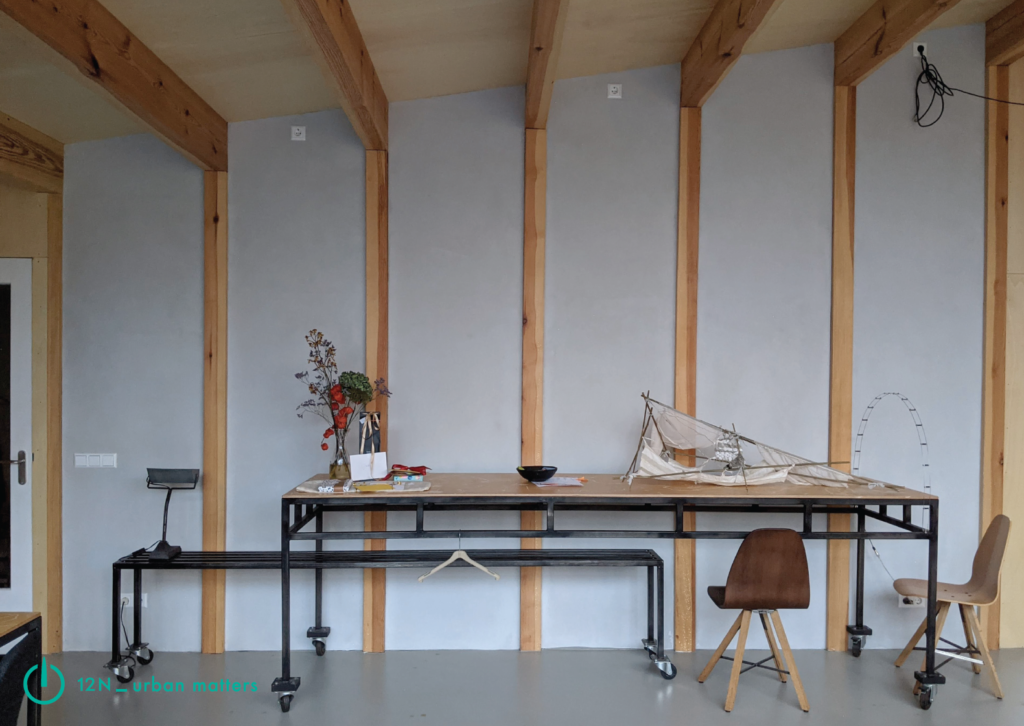
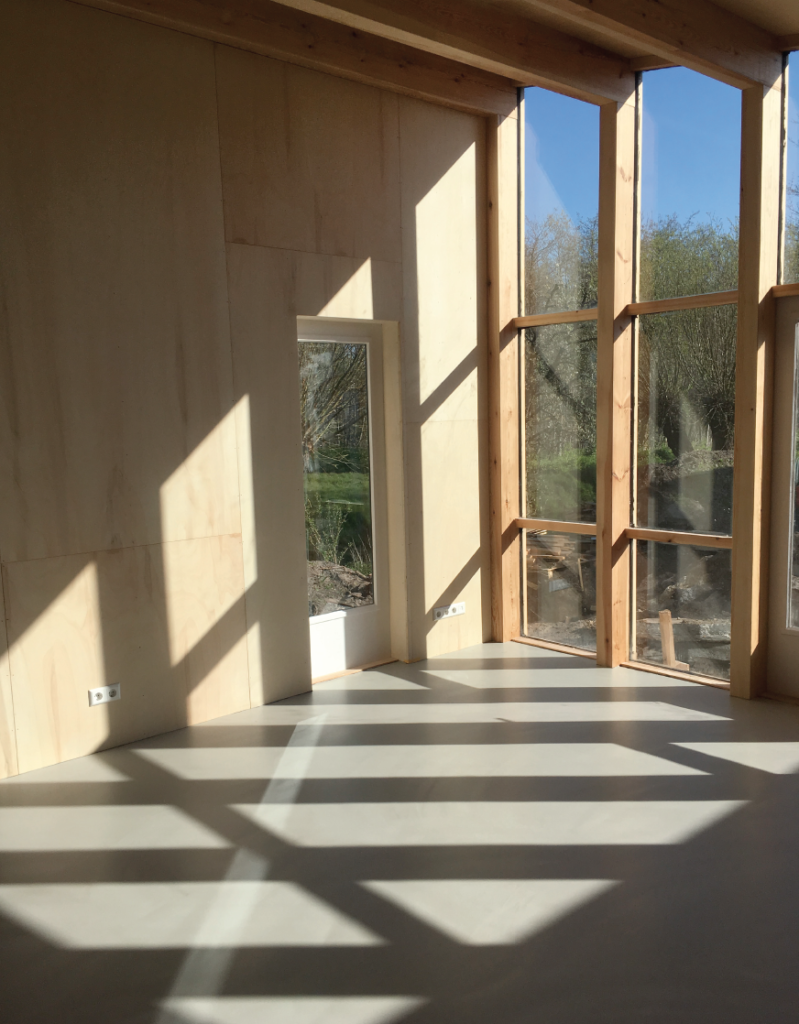
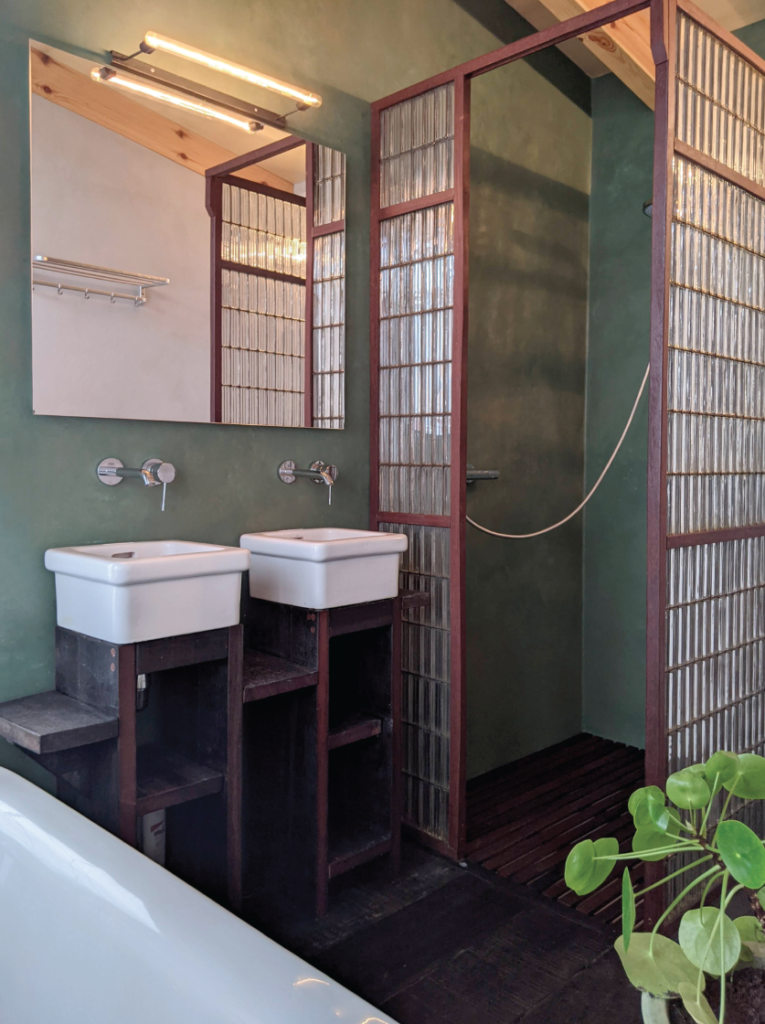 Circular architecture
Circular architecture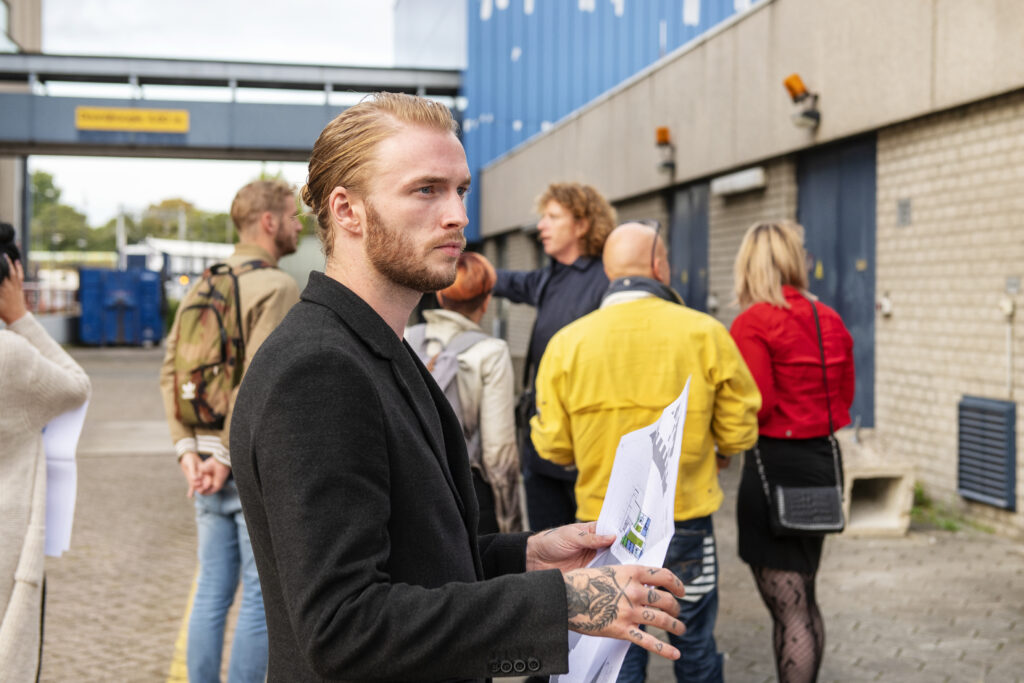
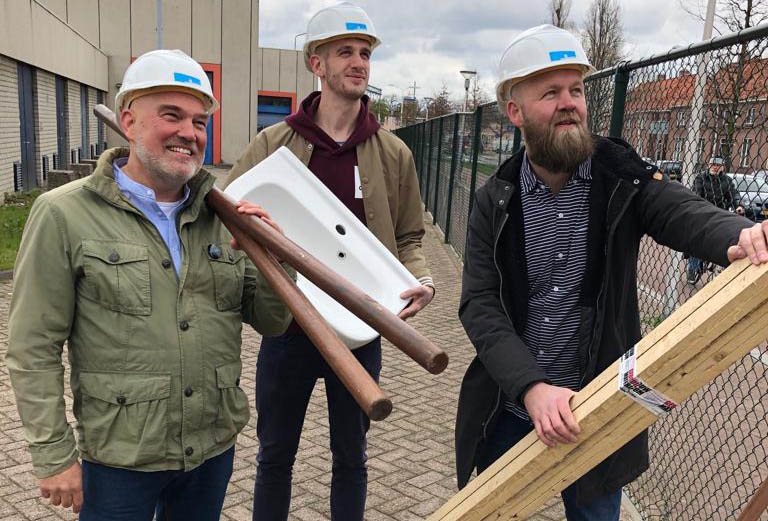
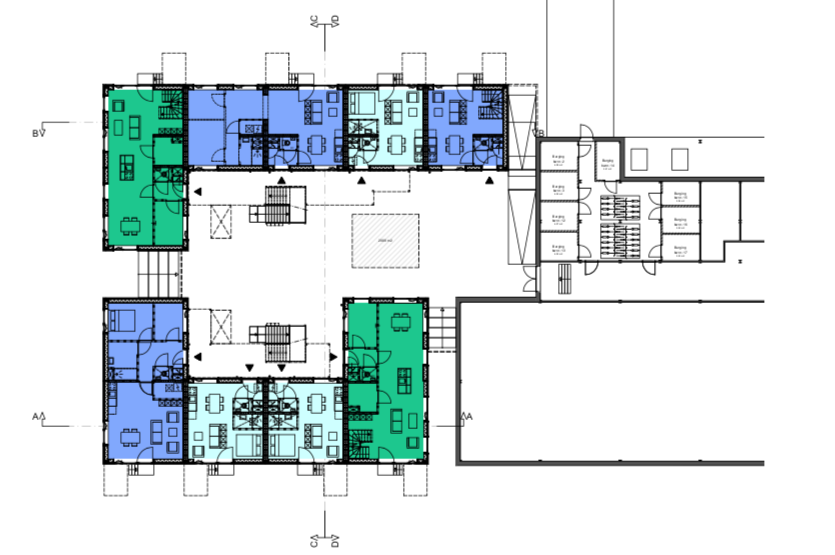
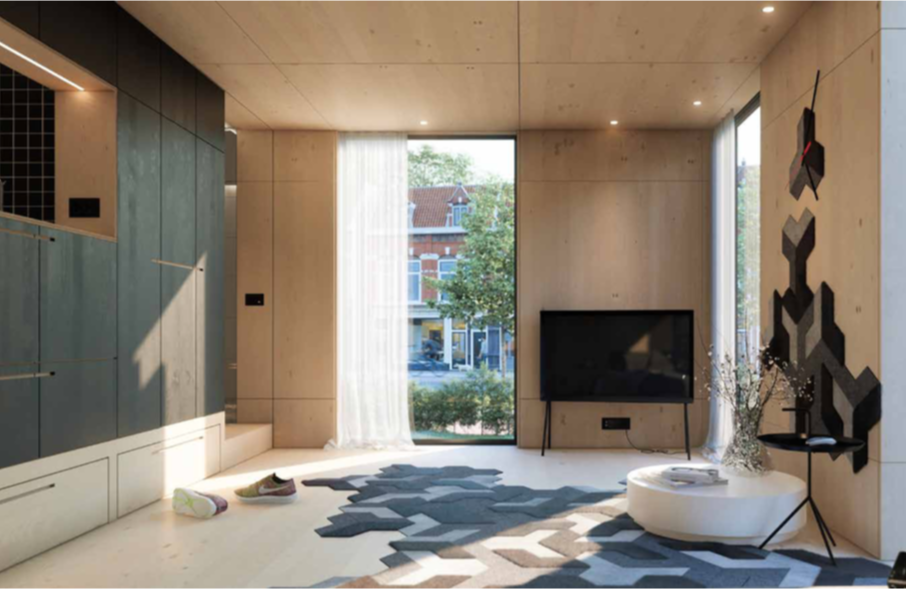 Research circular social housing
Research circular social housing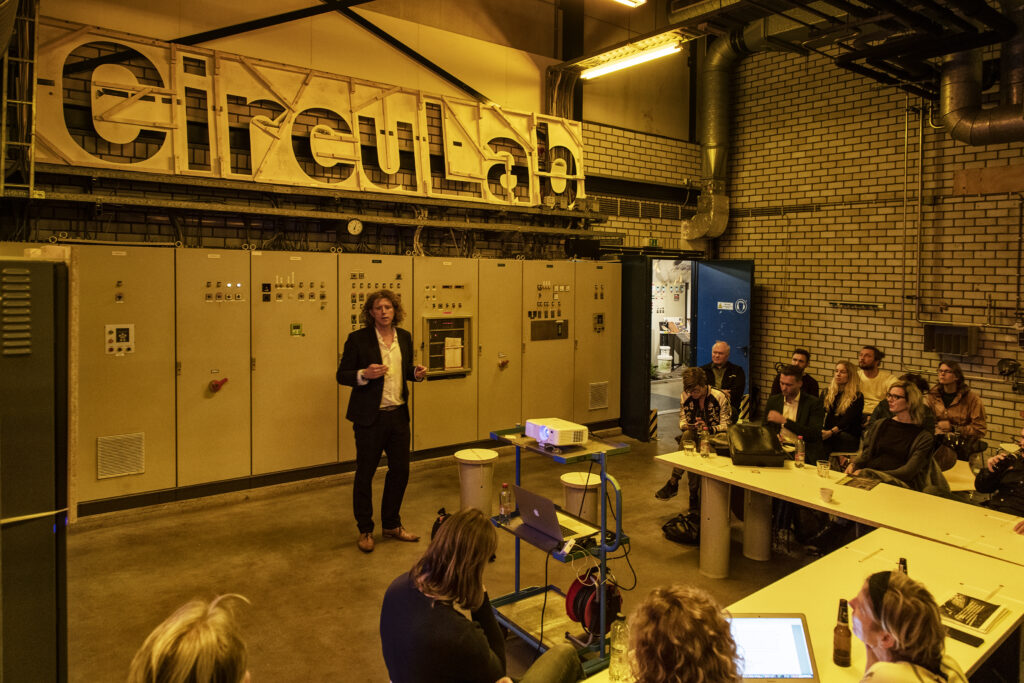
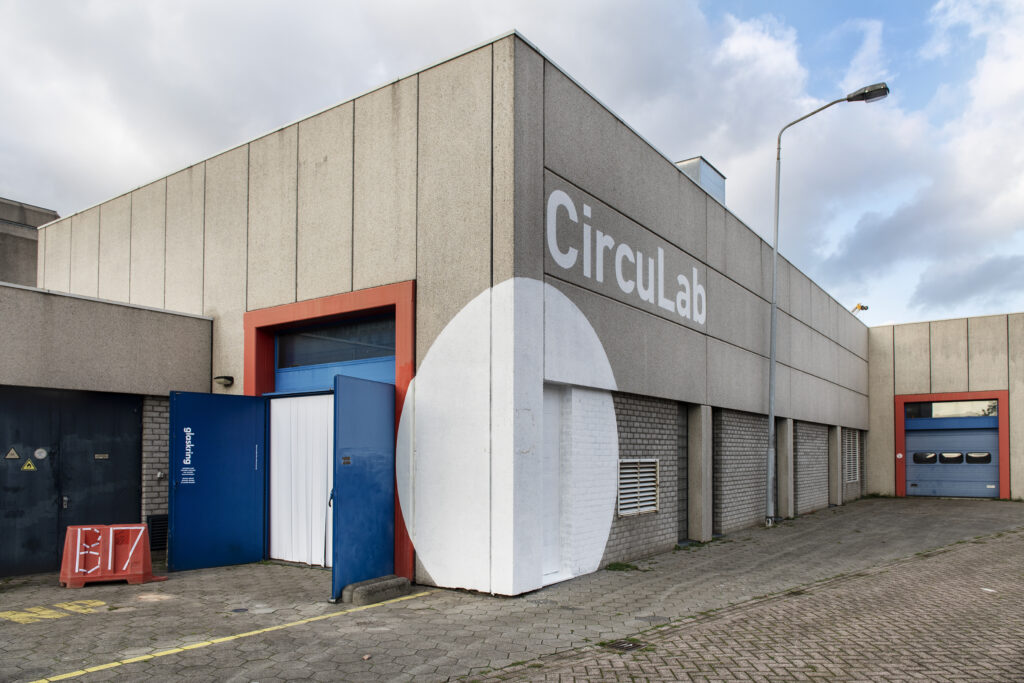 CircuLab_Quartermaster
CircuLab_Quartermaster